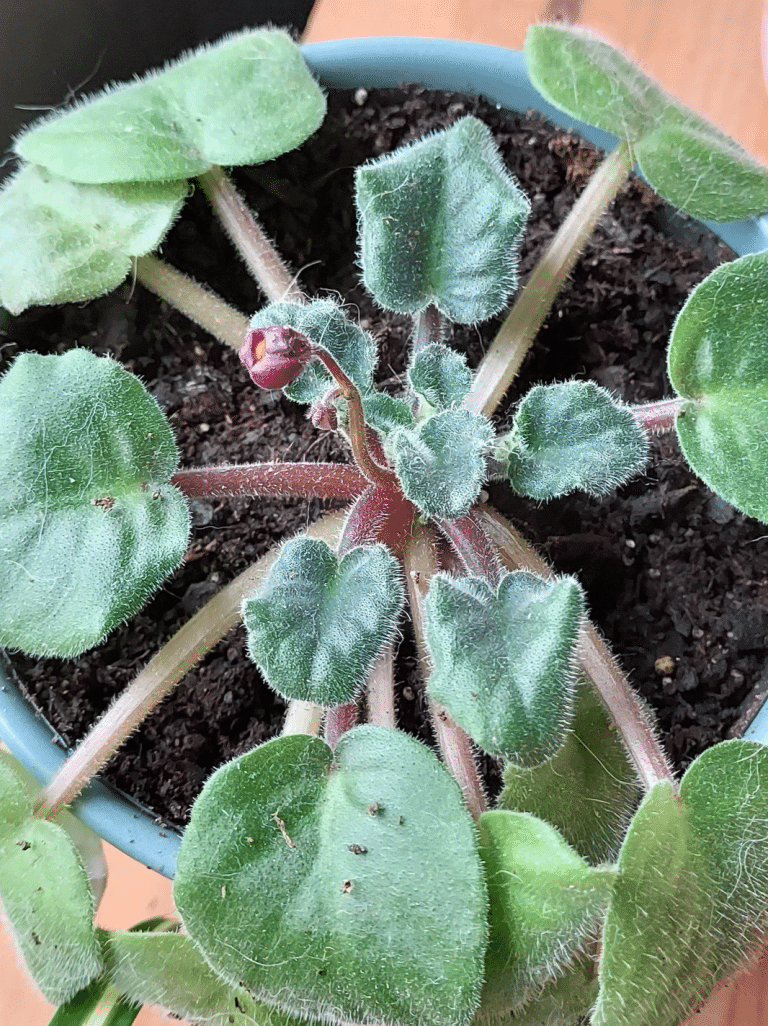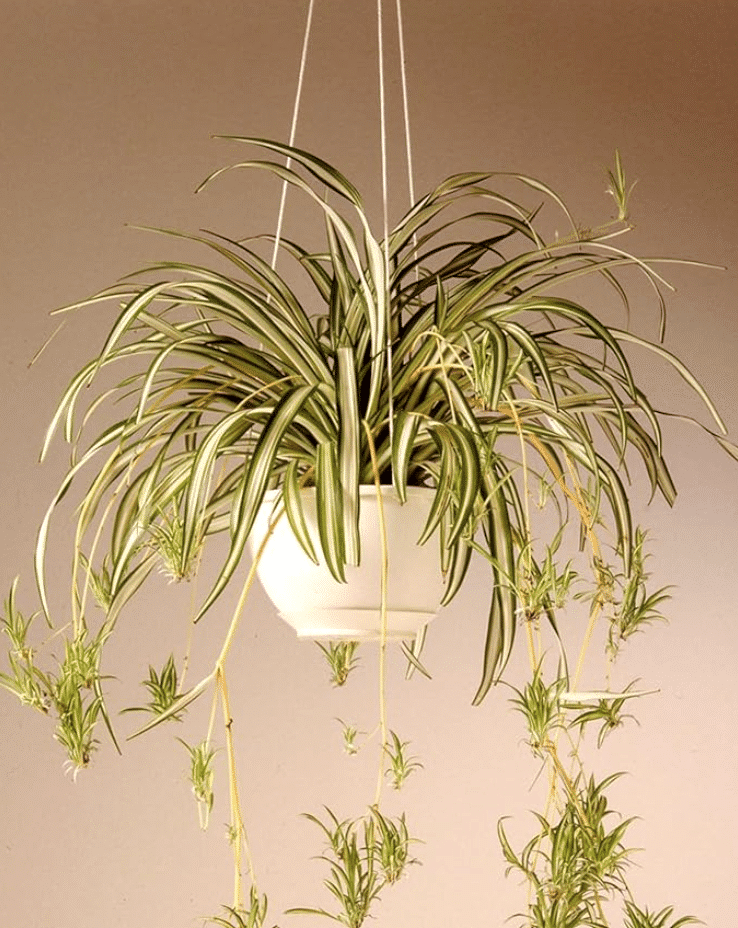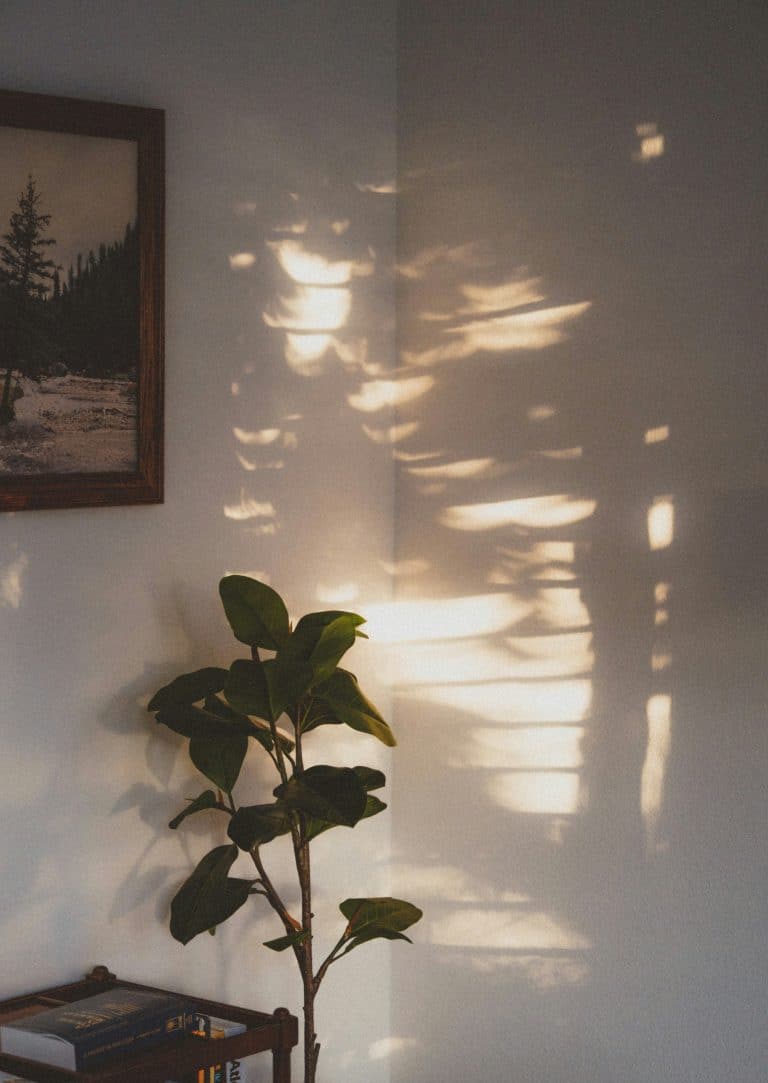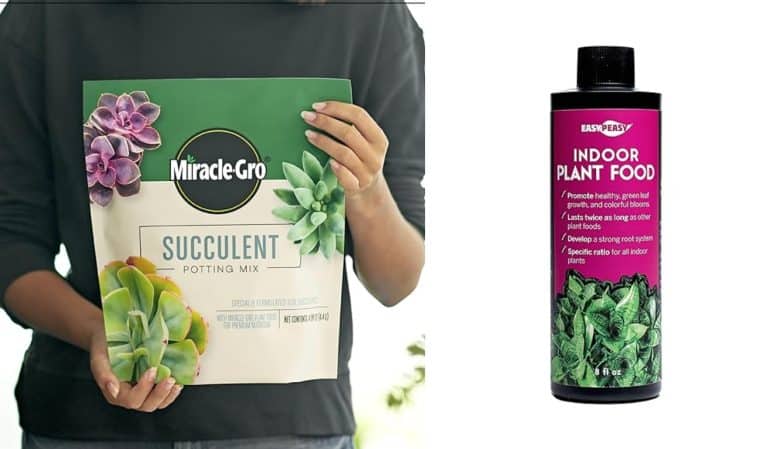Best pots for Low light indoor trees (& where to buy!)
Explore our recommendations for pots and planters we use for low light indoor trees growing in our Brooklyn community home!
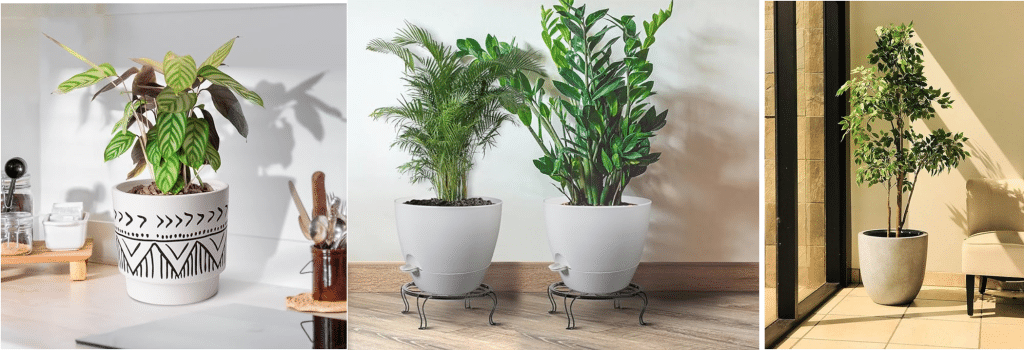
When you purchase through links here, we earn an affiliate commission, which helps sustain our blog!
Not all pots are created equal—especially when it comes to low-light indoor trees. Because these trees take in water more slowly, choosing the wrong pot can lead to soggy soil, weak roots, and even root rot. But don’t worry—we’ve figured out the best materials, drainage solutions, and pot styles to keep your trees healthy and your home looking great.
In this guide, we’ll break down the best pots for low-light trees, including the ideal size, materials that help prevent overwatering, and stylish options that complement your space!
Summary:
Best pots and planters for low light indoor trees
Best concrete planter

Best self watering pot

Best boho planter

Why Choosing the Right Pot Matters for Low-Light Trees
How Pot Size Affects Root Health and Moisture Retention
Bigger is not always better: in fact, overpotting is one of the easiest ways to kill a low-light tree. When we repotted our Parlor Palm into a massive decorative pot, we thought we were giving it extra room to grow. Instead, the soil stayed damp for way too long, and the roots started turning mushy.
Here’s the thing: roots absorb water at the rate they grow, and in low light, growth is naturally slower. A large pot holds more soil than the plant actually needs, which means more water sitting in the soil, leading to root rot. Now, we always size up gradually when repotting—no more than 1-2 inches larger in diameter than the previous pot.
Why Proper Drainage Is Essential for Preventing Overwatering
We’ve made this mistake too many times: falling in love with a beautiful pot that has no drainage holes. Sure, it looks great, but it turns into a death trap for low-light trees. Without drainage, there’s nowhere for excess water to go, and over time, moisture builds up around the roots.
If we really love a decorative pot that doesn’t have holes, we double-pot—keeping the tree in a plastic nursery pot inside the decorative one so we can easily remove it for watering. We’ve also drilled holes into ceramic pots ourselves (though let’s just say, we’ve cracked a few learning how).
If you want to avoid root rot, fungus gnats, and soggy soil, and other common problems with low light trees, drainage holes are non-negotiable.
Common Mistakes When Potting Low-Light Trees
We’ve definitely made our share of mistakes when it comes to potting indoor trees. Here are some of the biggest lessons we’ve learned:
- Using oversized pots – More soil means more moisture retention, which leads to slow root rot. Stick to appropriately sized pots!
- Ignoring drainage – Never trust a pot without drainage holes (unless it’s a double-pot setup).
- Choosing the wrong soil mix – Heavy, moisture-retaining soils suffocate roots in low-light conditions. We always use aerated, well-draining soil instead.
- Repotting too soon – If a tree isn’t root-bound, we leave it alone. Repotting unnecessarily can shock the plant and mess with moisture balance.
Best pots for low light indoor trees
1. Rustic & boho styles planters

We had one of these for our Money tree for our money tree for sometime. It looked gorgeous and is very affordable.
2. Best Self-Watering Pots for Low-Maintenance Care

This self watering planter is perfect for some of the moisture loving low light indoor trees which are slightly less forgiving if you forget to water.
3. Sturdy concrete planter

We love this extremely sturdy and durable concrete planter that is currently holding our rubber plant and has… wait for it.. drainage holes! This is especially great for some fast growing indoor trees that will invariable outgrow pot side.
Expert Tips for Keeping Low-Light Trees Healthy in the Right Pot
Choosing the Right Pot Saucers and Trays to Prevent Water Buildup
We used to think any tray would work under a pot—big mistake. If a saucer doesn’t allow proper airflow or gets left full of standing water, it turns into a breeding ground for fungus gnats and root rot. The worst offender? Those deep plastic trays that collect water but don’t let it evaporate properly.
Here’s what works best for us:
- Shallow, breathable saucers – These allow excess moisture to evaporate rather than trapping it underneath the pot.
- Elevated pot risers – Instead of placing pots directly on saucers, we use small feet or risers to keep airflow moving underneath. This prevents soggy soil from sitting in pooled water.
- Terracotta saucers – These help absorb extra moisture, making them a great match for trees prone to overwatering.
Now, whenever we water, we always check the saucers after 10–15 minutes and dump out any excess. It’s such a small habit, but it saves us from overwatering disasters.
How to Adjust Watering Based on Pot Type and Size
One of the biggest lessons we’ve learned? Different pots need different watering routines. A tree in a large ceramic pot will hold moisture way longer than one in a small terracotta pot, and if we don’t adjust, we end up with either dried-out or drowning roots.
Here’s how we tweak our watering based on pot type:
- For plastic pots: Water less often—they retain moisture longer than other materials.
- For terracotta pots: Water slightly more often since they absorb moisture and dry out faster.
- For larger pots: Water deeper but less frequently—the bottom soil stays wet longer, so we check before adding more.
- For smaller pots: Water more frequently in smaller amounts—they dry out faster, especially in drier air.
Instead of sticking to a rigid watering schedule, we always check the soil first. Our rule of thumb? The bigger the pot, the longer the drying time.
The Role of Humidity Trays and Pebble Layers for Moisture Control
We first tried humidity trays when our Parlor Palm started getting crispy brown tips, and honestly? Total game-changer. Some low-light trees don’t need extra watering, but they do need humidity to prevent leaf dryness. Instead of misting constantly, which only boosts humidity for a few minutes, we set up pebble trays that keep moisture levels consistent.
How we make humidity trays that actually work:
- Fill a shallow tray with pebbles or small stones.
- Add just enough water to reach below the top of the stones (not touching the pot).
- Place the potted tree on top—the evaporating water creates a gentle humidity boost without making the soil soggy.
Pro tip: These trays work best for trees that like moderate humidity, like Fiddle Leaf Figs, Palms, and Rubber Plants. But for plants that hate excess moisture (ZZ Plants, Snake Plants), we skip the tray.
Read also: how to water low light indoor trees
How to Clean and Maintain Pots for Long-Term Plant Health
One thing we never used to think about? Cleaning our pots. We’d repot a tree into a used pot, thinking nothing of it—until we started noticing white crusty mineral buildup, weird musty smells, and stubborn fungus gnats that just wouldn’t go away. Turns out, old pots can harbor salt deposits, bacteria, and even leftover pathogens from past plants.
Now, whenever we repot or reuse a container, we follow these steps:
- Scrub with soap and warm water – This removes surface dirt and any leftover organic material.
- Soak in a vinegar solution – A mix of one part vinegar to three parts water helps dissolve mineral deposits (especially in terracotta pots).
- Disinfect with hydrogen peroxide – If we had a plant with root rot, we soak the pot in 3% hydrogen peroxide for 10 minutes before reusing it.
For daily maintenance, we also check our pots for:
- Salt buildup – That white crusty layer that forms on the rim or surface of the soil? That’s mineral buildup from hard water or fertilizers. We wipe it off with a damp cloth and occasionally flush the soil with distilled water.
- Mold or algae – If we see anything fuzzy growing on the surface, we improve airflow and reduce moisture immediately.
Keeping pots clean reduces pest problems, prevents disease, and helps our trees absorb nutrients more effectively—all with just a few extra steps.
Read also: Best soil and fertilizers for low light indoor trees.
Conclusion
Selecting the right pot for your low-light indoor tree is just as important as picking the right soil and watering schedule. The right combination of size, material, and drainage can make all the difference in preventing root rot and keeping your tree thriving. Whether you love modern ceramic designs or breathable terracotta pots, choosing wisely will keep your trees healthy for years to come!

